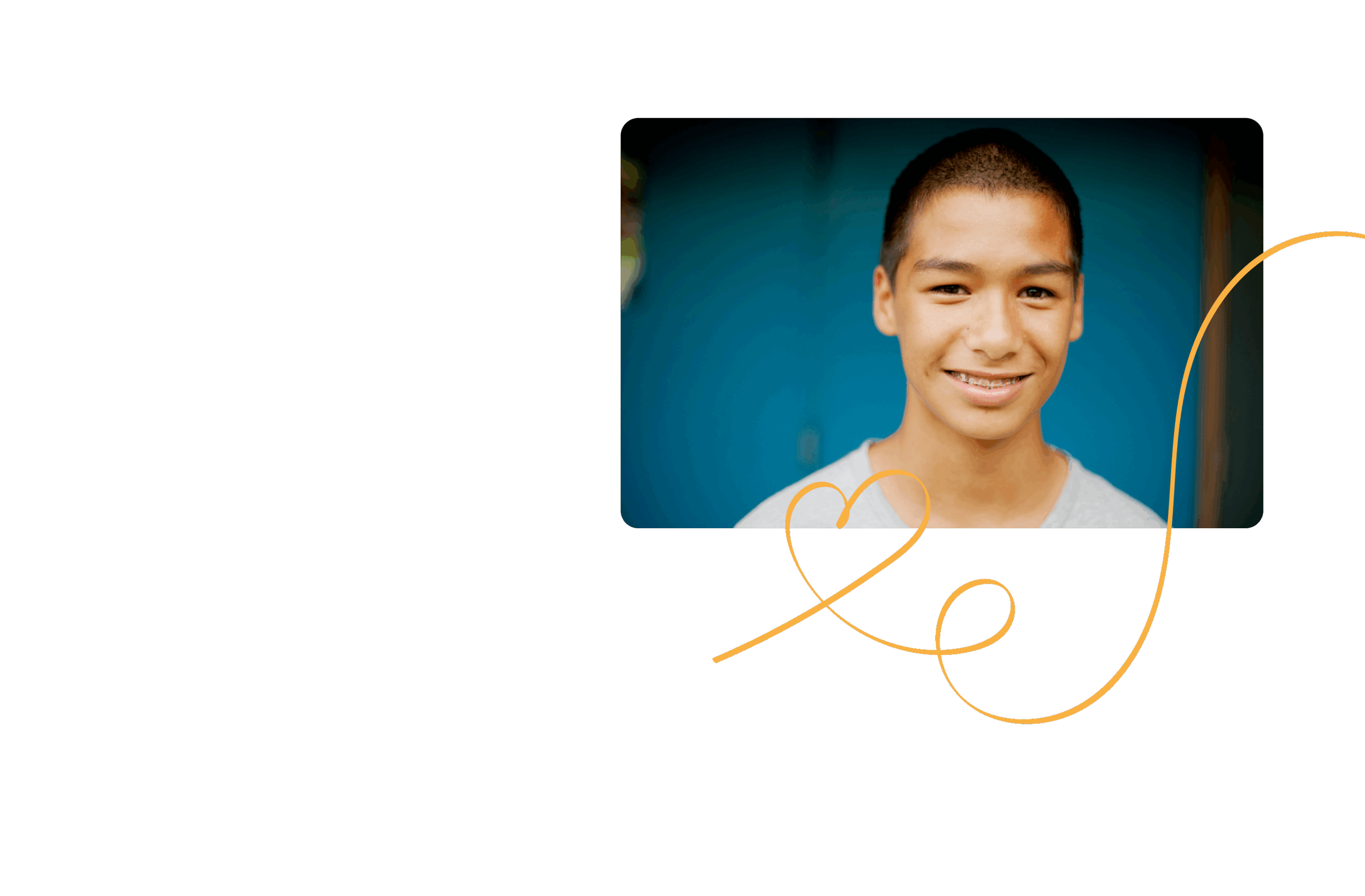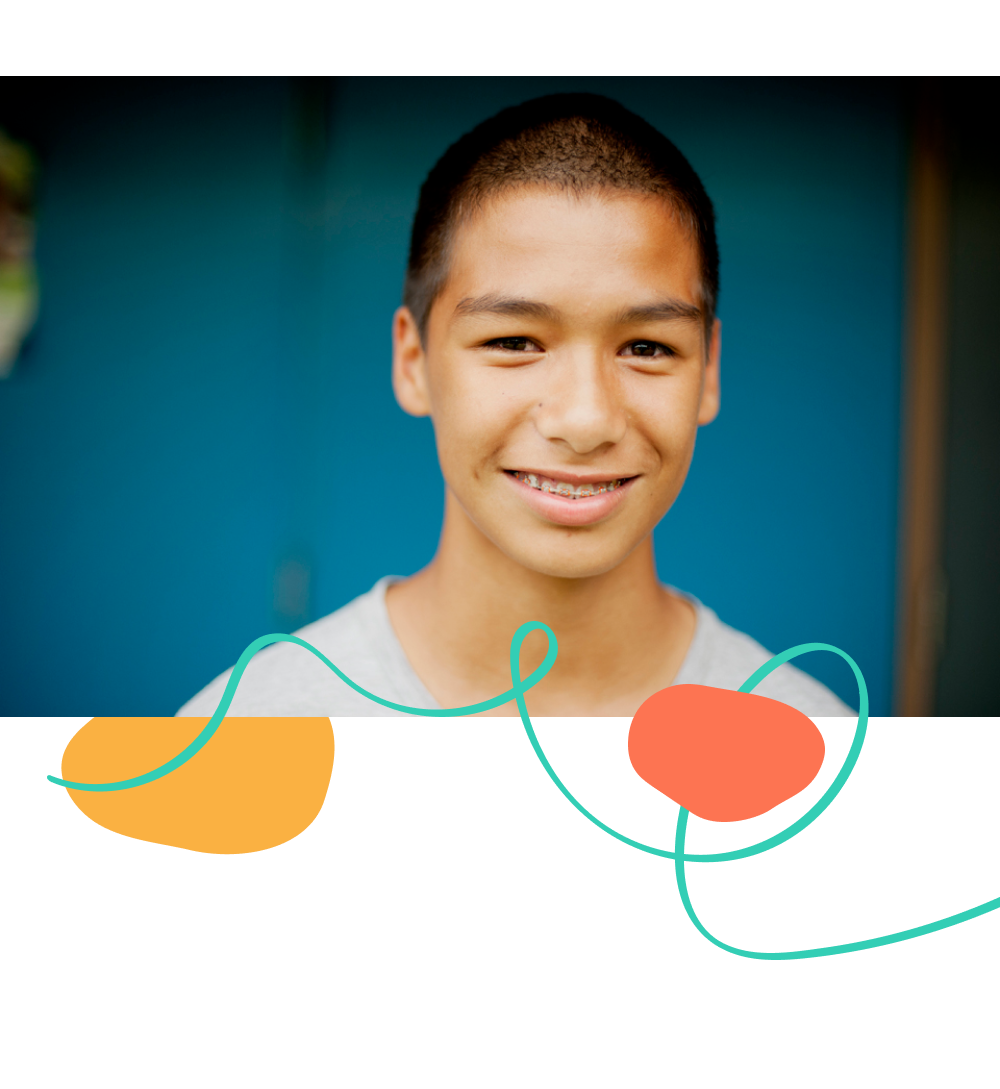Every classroom teaches two curricula. One is visible: the lessons, standards, and assessments we plan each week. The other is invisible: how emotions are handled, how repair happens after conflict, and how we speak to ourselves and one another when things get hard.
That hidden curriculum shapes everything. It determines whether students feel safe enough to take risks, recover from mistakes, or ask for help. What if teaching emotional literacy isn’t something extra, but simply making that invisible curriculum visible?
Why Emotional Literacy Matters: What the Research Reveals
In your classroom, you see the full spectrum of students’ emotional worlds – curiosity, stress, excitement, exhaustion – sometimes all before 9 a.m. The emotional load young people carry is real, and it shows up in how they learn, relate, and engage.
The good news? Every moment of connection we create helps them build the awareness and skills to navigate it.
Neuroscience confirms that understanding why these moments matter is essential both for how we teach and how students learn, because the emotional brain drives the learning brain. Neuroscientist Mary Helen Immordino-Yang reminds us: We feel, therefore we learn.
Her research shows that emotion isn’t a distraction from cognition. It’s the ignition switch for it.
When a student feels safe, connected, and seen, their brain releases chemicals that prime them for focus and memory. But when they feel threatened or ashamed, the brain shifts into survival mode, redirecting energy from the prefrontal cortex (the thinking brain) to the amygdala (the alarm system).
And here’s where it gets fascinating: studies show that when students label their feelings, they strengthen neural pathways in the prefrontal cortex, the region responsible for focus, empathy, and self-regulation.
In other words, naming an emotion helps tame it.
This isn’t “soft science.” It’s basic neurobiology. When the nervous system feels safe, the brain’s learning centers function at their best, which allows attention, memory, and higher-order thinking to thrive.
Emotional Literacy and the Current Landscape of Schools
Across the country, schools are investing more in social and emotional development, and that’s a good thing. When social-emotional development is integrated well, students show improvements in emotional well-being, relationships, and even academic achievement.
But here’s where the gap lies: in many classrooms, human skills are still treated as a curricular add-on rather than a cultural foundation.
A once-a-week lesson on emotions won’t rewire the nervous system or transform classroom culture.
The research is clear: emotional literacy must be woven into daily life, modeled by adults, and embedded in how we teach everything from math to music.
Because every sigh, every outburst, every repair conversation is an opportunity for students to practice the most essential human skill: understanding themselves and others.

The Five Intelligences at Play
At Breathe For Change, we see emotional literacy as part of the Human Intelligence Framework™, which integrates five dimensions of our humanity:
- Emotional intelligence – Recognizing, naming, and expressing emotions
- Somatic intelligence – Listening to the body’s cues and sensations
- Cognitive intelligence – Making meaning from experience
- Social intelligence – Building empathy and healthy relationships
- Universal intelligence – Connecting our actions to shared purpose and collective well-being
When we nurture these dimensions, we help students grow not just academically, but as emotionally aware human beings.
4 Ways to Reveal the Hidden Curriculum
So how do we bring this to life without adding one more thing to your overflowing plate? By transforming everyday classroom moments into opportunities for emotional literacy.
1. Make emotions part of the learning process
Why it works: Emotions drive attention and memory. Inviting students to name and reflect on feelings integrates thinking and feeling.
How to use it:
- Ask: “What emotion best describes your learning today?”
- Use metaphors or color to express emotion (“If today’s discussion were a color, what would it be?”)
- Normalize the full range of emotions (e.g. confusion, frustration, curiosity) as part of learning.
2. Model emotional language in real time
Why it works: Students learn emotional language by hearing it used authentically. Labeling emotions builds awareness and shows that all feelings are valid information.
How to use it:
- Narrate your own awareness: “I’m noticing I feel tense after that interruption. Let’s take a reset.”
- Replace “good” and “bad” with specific emotions: “I feel disappointed but also proud of our effort.”
- When students share, validate: “That sounds frustrating. Thanks for naming it.”

3. Normalize reflection and repair
Why it works: Conflict is inevitable. Repair teaches empathy, accountability, and trust which are the building blocks of healthy relationships.
How to use it:
- After tension, invite reflection: “What were you feeling? What might others have felt?”
- Model your own repair: “I spoke too quickly earlier. I’m sorry. Let’s start again.”
- Celebrate courage: “That apology helped our class feel safer.”

4. Create micro-rituals for emotional check-ins
Why it works: Predictable emotional rituals build safety and signal *All parts of you are welcome here.*
How to use it:
- Begin class with a quick check-in: thumbs up/down, one-word emotion, or color.
- End with reflection: “What do you want to carry forward, and what can you leave behind?”
- Encourage somatic noticing: “Where do you feel that emotion in your body?”
Reframe: Making the Invisible Visible
Emotional literacy is the heartbeat of teaching. Every sigh, smile, or repair is a chance to model what emotional intelligence looks and feels like.
When we teach emotional literacy, we’re not just helping students manage feelings. We’re helping them understand themselves, connect with others, and navigate the world with humanity.
Breathe For Change’s Human Intelligence Certification helps educators embody and teach the five dimensions of human intelligence (emotional, somatic, cognitive, social, and universal) so you can bring these practices to life in your classroom and beyond.
It’s professional learning designed for the whole educator. Grounded in research. Rooted in compassion. Transformative in practice. Explore the Human Intelligence Certification today →





